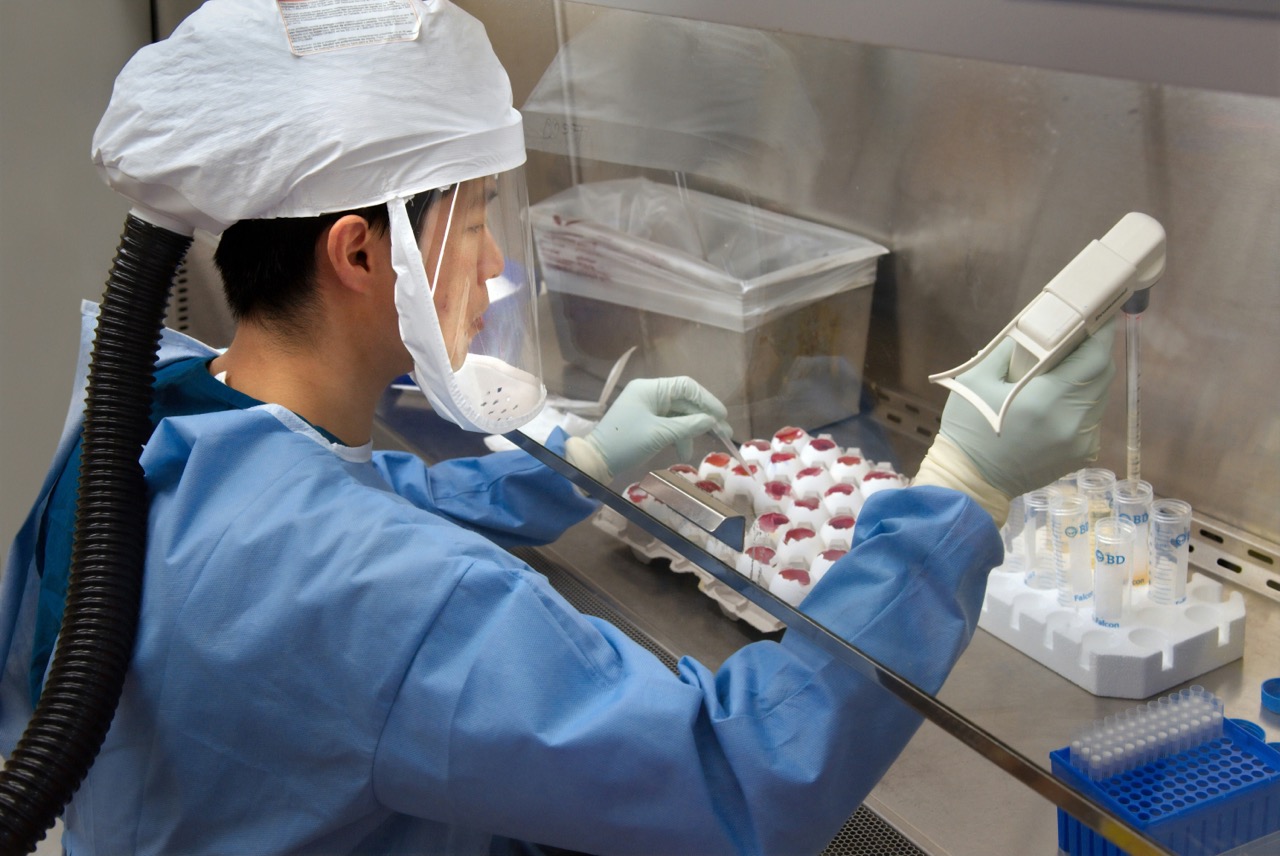Human Papillomavirus (HPV) is a common sexually transmitted infection that affects millions of individuals worldwide, irrespective of gender. While much of the discussion surrounding HPV focuses on its impact on women, particularly concerning cervical cancer, it is crucial to recognize that men are also at risk. Understanding HPV, its implications for male health, transmission methods, and prevention strategies can empower men to take proactive measures in safeguarding their health.
Understanding HPV: A Brief Overview for Men
Human Papillomavirus is a group of over 200 related viruses, of which about 40 are transmitted through direct sexual contact. HPV is classified into low-risk and high-risk types, with low-risk types causing genital warts and high-risk types linked to various cancers, including those of the penis, anus, and throat. Men can be asymptomatic carriers, meaning they can transmit the virus without even knowing they are infected, making awareness and education vital.
Interestingly, the prevalence of HPV among men is significant, with estimates suggesting that nearly 50% of sexually active men will contract the virus at some point in their lives. However, most cases are transient, with the immune system often clearing the virus within two years. Despite this, persistent infection with high-risk strains can lead to serious health complications, underscoring the importance of understanding one’s risk factors and potential consequences.
The stigma surrounding HPV often leads to a lack of discussion among men regarding the virus, its transmission, and its health effects. Increased awareness of HPV and its implications for male health can encourage men to engage in conversations about prevention and testing, ultimately contributing to better health outcomes.
How HPV Affects Men: Risks and Health Implications
HPV can have various health implications for men, the most serious being the development of cancers. The types of cancer associated with high-risk HPV strains include penile, anal, and oropharyngeal cancers. While these cancers are less common than cervical cancer in women, they pose a significant health risk that has been on the rise in recent years, particularly anal and oropharyngeal cancers among men who have sex with men.
Another health complication associated with HPV is the development of genital warts, which are caused by low-risk types of the virus. Genital warts can cause discomfort, psychological distress, and social stigma. Although they are not life-threatening, their presence can significantly impact an individual’s quality of life. Timely diagnosis and treatment can help manage symptoms and reduce transmission to sexual partners.
It’s important to note that while the majority of HPV infections in men resolve spontaneously, some may require medical intervention. Regular check-ups and awareness of any unusual symptoms, such as growths or changes in the genital area, can help in early detection and treatment, reducing the risk of serious health issues.
Transmission Methods: How Men Can Contract HPV
HPV is primarily transmitted through intimate skin-to-skin contact, particularly during vaginal, anal, or oral sex. This means that anyone who is sexually active is at risk of contracting the virus, regardless of their sexual orientation or the number of partners they have had. Since condoms can reduce but not completely eliminate the risk of HPV transmission, awareness of exposure risk is crucial for men.
In addition to sexual contact, HPV can also spread through non-penetrative sexual activities, including genital touching or sharing sex toys that have not been properly sanitized. This mode of transmission highlights the importance of maintaining good personal hygiene and being cautious in shared settings to minimize the risk of spreading the virus.
Moreover, men who have sex with men (MSM) face higher rates of HPV-related complications, such as anal cancer, due to the higher likelihood of viral transmission in receptive anal intercourse. Education and outreach tailored to this demographic can help promote safer practices and improve health outcomes in this group.
Prevention Strategies: Reducing HPV Risks for Males
Preventive measures are crucial in reducing the risk of HPV infection among men. One of the most effective methods is vaccination. The HPV vaccine is recommended for boys and young men up to the age of 26, although it can be administered to older males up to 45 on a case-by-case basis. The vaccine protects against the most common high-risk and low-risk HPV types, dramatically reducing the chances of developing HPV-related cancers and genital warts.
In addition to vaccination, practicing safe sex is paramount for preventing HPV. Using condoms or dental dams during sexual activity can significantly lower the risk of transmission, even though they do not provide complete protection. Engaging in mutually monogamous relationships with partners who have been tested for STIs can further limit exposure to HPV.
Regular health check-ups and self-examinations are also essential in the prevention strategy. Men should be aware of any changes in their genital area and consult a healthcare provider if they notice unusual growths or symptoms. By adopting these preventive measures, men can take significant steps toward reducing their risk of HPV and its potential health impacts.
In conclusion, HPV is a significant health concern for men that often goes under-discussed, leading to misunderstandings about its risks and implications. Awareness of how HPV affects men, transmission methods, and effective prevention strategies is essential for fostering better sexual health and reducing the incidence of HPV-related diseases. By prioritizing education, vaccination, and safe practices, men can empower themselves to take control of their health and contribute to a broader conversation about HPV and sexual health.










